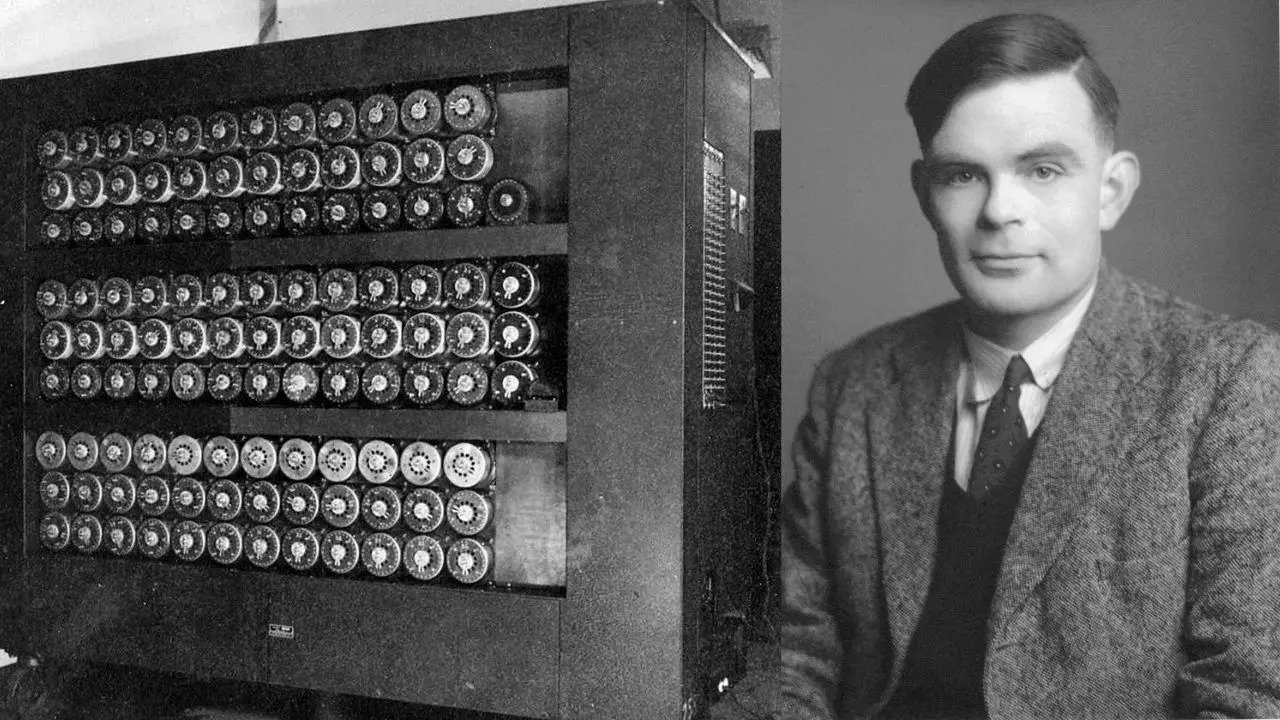There are only a small number of ancient philosophers who still manage to occupy and fascinate us today, more than two and a half thousand years later. Zeno of Elea certainly is one of them.
If you like reading about philosophy, here’s a free, weekly newsletter with articles just like this one: Send it to me!
There are actually two famous Zenos: Zeno of Elea (490-430 BC), the one with the paradoxes we will talk about here, and then another man, Zeno of Citium, who was probably the founder of Stoicism.
Both have in common that none of their works survived, except in the tales that others told about them (a fate they share with most so-called “Presocratic” philosophers, like Thales). Sometimes, these others would be their students (as in the case of Plato, who tells us about the philosophy of his teacher, Socrates). But more often, we find the only reference to some philosophers in the works of their enemies who are trying to discredit and to refute them. This is also what happened to Zeno: most of what we know about him comes from Aristotle, who was trying to show how Zeno’s paradoxes don’t actually work and are far less interesting than people thought. Under these circumstances, it’s almost a wonder that we’re still able to reconstruct some of Zeno’s paradoxes.

Recommended for you:
What Is a Stoic Person?
A Stoic is an adherent of Stoicism, an ancient Greek and Roman philosophy of life. Stoics thought that, in order to be happy, we must learn to distinguish between what we can control and what we cannot.
Zeno’s flying arrow
Perhaps the easiest one to begin with is “the arrow”: imagine an arrow flying horizontally across your field of vision, say, from the left to the right, and out of view. If you were fast enough, you could photograph that arrow at various points along its path, as it crosses in front of you. What would every one of these photographs show? Well, it would show an arrow. But would it show the arrow actually moving? This depends on the shutter speed of your camera. Assuming you really manage to photograph one single moment of the arrow’s flight, then the arrow would always appear to be hanging in the air, unmoving, still.

But then, Zeno says, where does the movement of the arrow come in? I can photograph the arrow at any moment, and at any other moment that is in between two moments, and I can document every single point along its way with a photograph …
Read the full article which is published on Daily Philosophy (external link)





